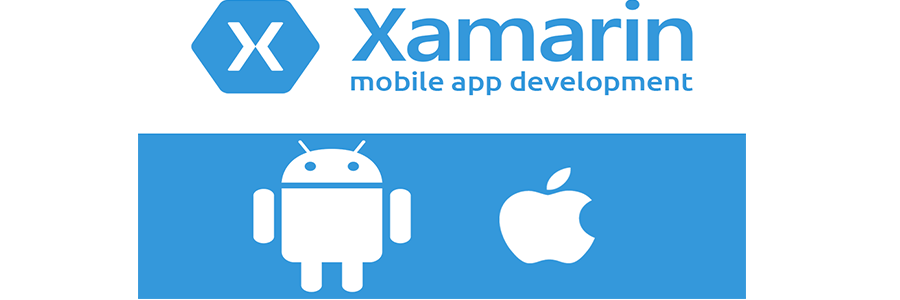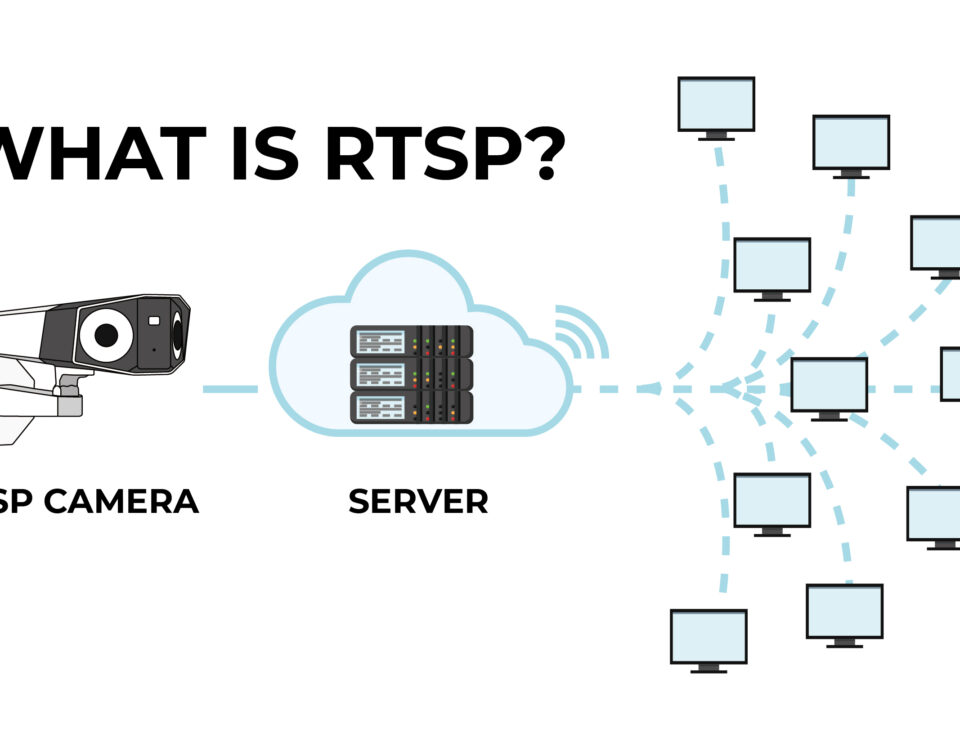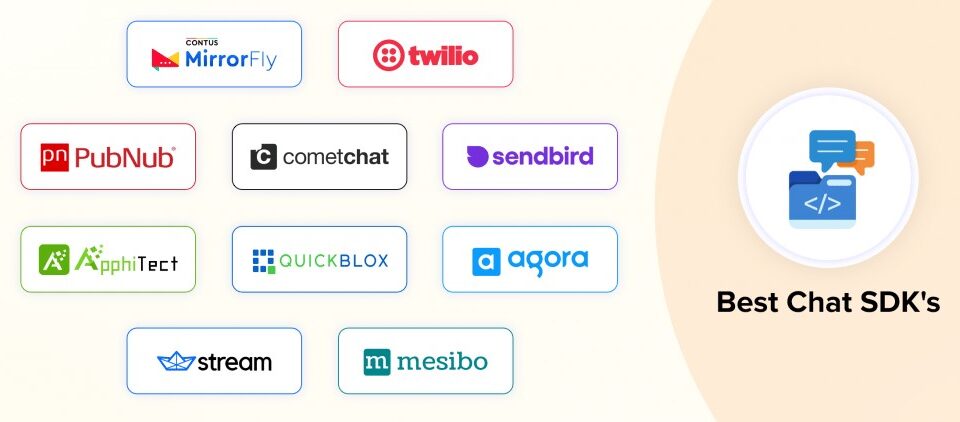Xamarin Mobile App Development

What Is React Native?
20th December 2019
EXCELLENT TOOLS FOR MOBILE APP DEVELOPMENT
24th December 2019Xamarin is one of the leading solutions for cross platform mobile app development which lets developers build Windows, Android and iOS apps using single shared C# codebase. Xamarin has also partnered with Microsoft, IBM and Xoriant. The tool also offers native API access, ability of adding components and sharing code compatibility. It offers online classes to customers to help them and also has backend integration with Azure, SAP and Parse.
Building native apps for iOS and Android with Xamarin
We have just pointed out one thing in common between platform users, but Xamarin has gone much further! Finding “touch points” between rivals like Android and iOS is always a sure path to success. So Xamarin experts decided that both platforms could share the code and language, at least. Why not? Let’s take a closer look at it.
Xamarin lets you build fully native mobile applications for all major platforms with a shared codebase, which significantly saves time and expenses.
The apps not only have a native look (according to the design guidelines of every platform), but also deliver a native performance. All native API’s are available. Both developers and users take advantage of the unique features each platform provides.
The “common language” between different platform developers is also found! Working with Xamarin, it’s enough to know C#, the language familiar to all .NET developers. Otherwise, app builders for Android and iOS would have to know Java and Objective-C or Swift, which would often mean separate dev teams. With Xamarin, it’s all easier!
For code sharing, Xamarin has special types of projects, such as Shared Projects and Portable Class Libraries (PCLs), which are automatically added to the respective mobile applications during the compilation. Xamarin also allows you to use all the standard libraries and technologies of .NET, which are known to everyone .NET developer and famous for their syntactic advantages.
Building UI code: Xamarin vs Xamarin Forms
There are two main approaches to creating UI for your application.
The first (and classic one) is to write your user interface code for every platform you need, and then create the shared business logic. Totally, the shared code for the whole app can reach 75%).
Another way is to use Xamarin Forms, then both the business logic and the UI code will be shared. The overall application shared code can reach 100% in this case! This solution is especially great in terms of saving time and money. It will suit the apps with no strict requirements to performance and design uniqueness on every platform, because these are their “weak points” where they can lose a little bit. However, in many cases it will not be noticeable.
Xamarin.iOS and Xamarin.Android
You can use such Xamarin’s parts Xamarin.iOS and Xamarin.Android to fully delve into native iOS or Android app development. They give you access to native APIs, let you use your existing Objective-C or Java code, stay up-to-date with the latest features and more.
Xamarin Studio and Visual Studio
Xamarin has powerful IDEs for creating, testing, debugging, and sharing applications: Visual Studio for Windows and Xamarin Studio for Mac. In addition, a preview version of Visual Studio for Mac has come out recently, so Mac developers are going to have another option to choose.
Xamarin Test Cloud
What’s easy to build should be easy to test. Xamarin offers two thousand mobile devices in the cloud, as well as tools to provide continuous automated testing.
Mobile applications that are built with Xamarin
Xamarin mobile applications are made for transportation, logistics, banking, education, healthcare, media, gaming, sports, insurance, safety, personal finance, restaurant business, sales, online voting, customs inspections, energy control, various surveys, data analysis and visualization… the list could go on forever and ever.





